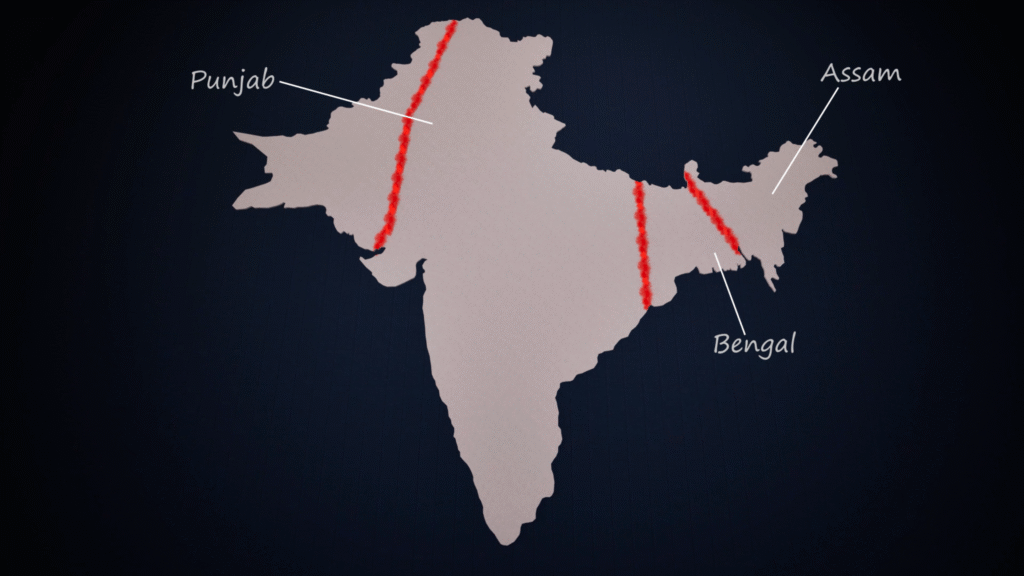
Why Was India Partitioned? | The Shocking Truth Behind 1947
After nearly two centuries under British colonial rule, the Indian subcontinent finally gained independence on 15 August 1947. But the celebration was shadowed by one of the largest and most violent migrations in world history — the partition of British India into two (and later three) nations, which left millions displaced, homes abandoned, and lives shattered.
Watch the Full 3D Animation
To explore all of these processes in 3D, check out our detailed YouTube explanation linked at the end of this blog — and don’t forget to subscribe for more insightful videos! (Available in English & Malayalam )
Before British Rule: A Land of Diversity
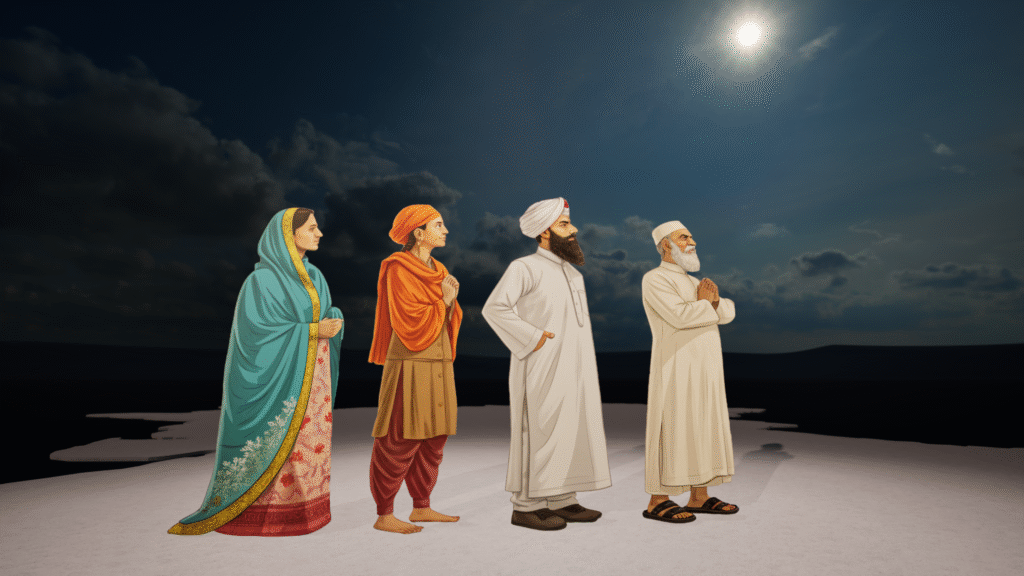
Before colonial rule took deep root, the region known as the Indian subcontinent consisted of a rich mosaic of native kingdoms, princely states, and regional cultures. Hindus, Muslims, Sikhs, Jains, Buddhists and many other religious and ethnic groups lived side by side; each region had its own traditions, languages and rulers. The social and cultural systems were local and varied, with no single centralised state controlling everything.
That diversity was both a strength and a complexity — cultural exchange, religious coexistence, and local autonomy characterised many areas, though there were conflicts, too. Yet the idea of a pan-Indian polity as we know it today was very different than the British colonial concept.
How the British Took Control
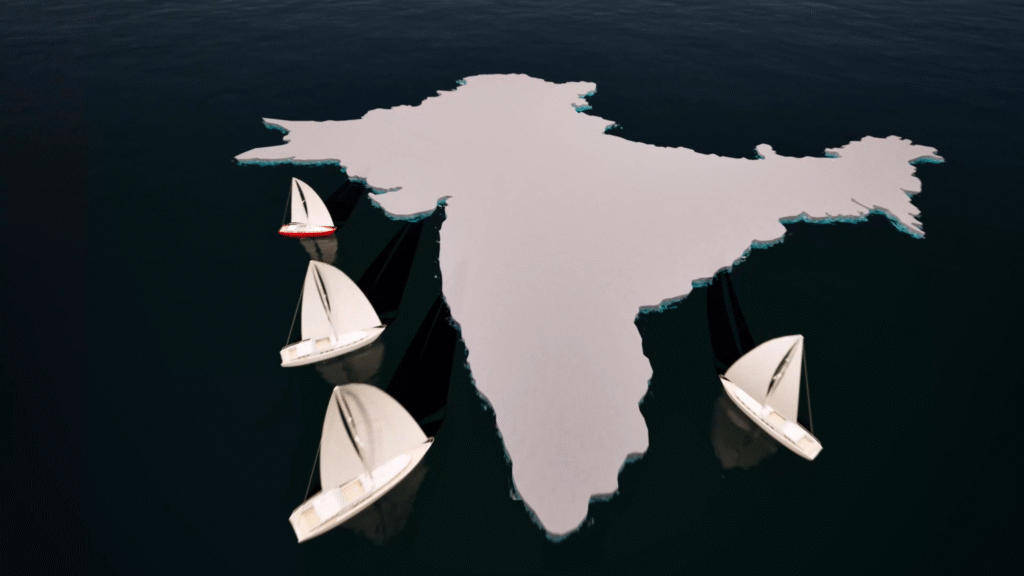
From the 1500s onward, European trading powers began establishing footholds in India. By the mid-18th century the British East India Company had become the dominant power. The Company gradually shifted from commerce to territorial control, especially after the Battle of Plassey in 1757, gaining large territories and ruling indirectly through local princes or directly via its own administration.
Eventually, in 1858 after the Indian Rebellion of 1857, the British Crown took over governance of India, making it a formal colony. British rule stretched across large parts of the subcontinent for the next 90 years. Under the Crown, Indian society underwent many changes: railways, modern education, administrative reforms, but also economic exploitation, cultural disruption, and new systems of governance that often ignored or undermined older local systems.
The Role of Religion & British Divide-and-Rule
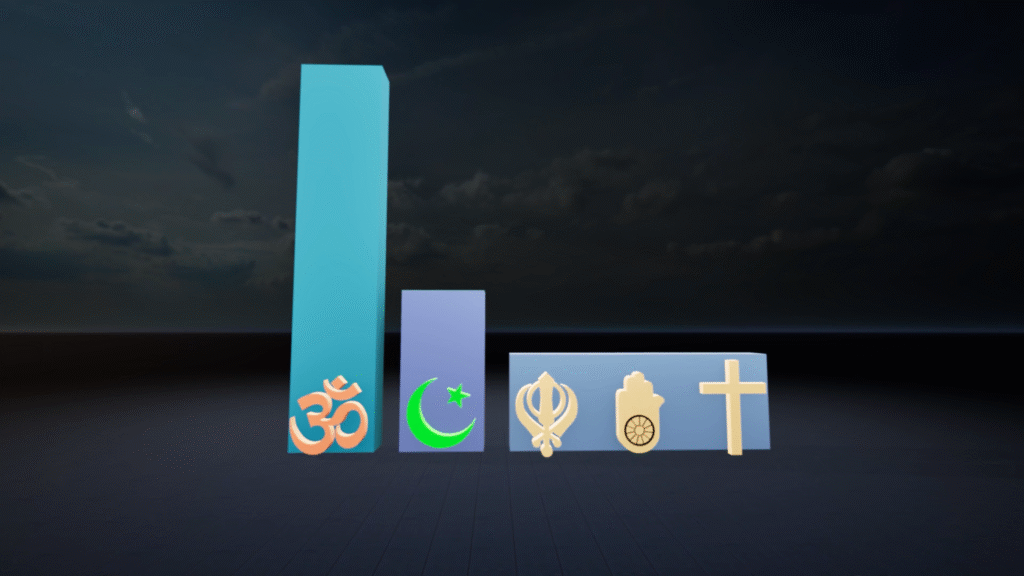
From the 19th century onwards, the British colonial administration increasingly categorised Indians by religion — for example Hindus, Muslims, Sikhs, etc. They introduced separate electorates (in some contexts) and emphasised communal identities, partly because it helped them “divide and rule”.
In the colonial election system, voters in some instances could only vote for candidates of their own religion. These policies reinforced communal divisions and deepened distrust among religious communities. While communities themselves had complex histories of cooperation and tension, the British policies often sharpened the lines of religion in politics and society.
India’s Independence Movement and Political Divide
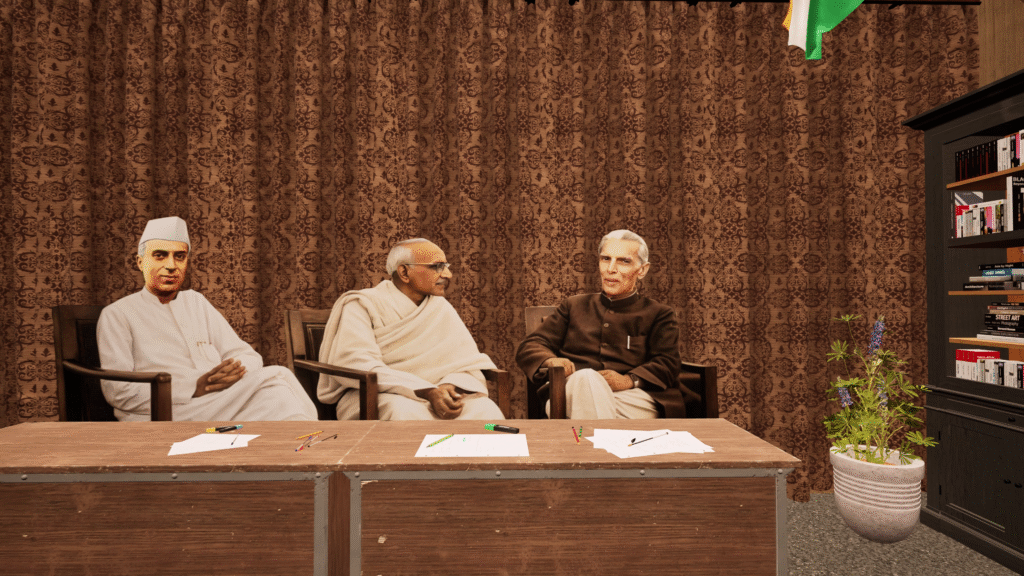
The early 20th century saw a powerful surge in movements for Indian independence. Leaders such as Mahatma Gandhi and Jawaharlal Nehru pressed for a unified India, in which all communities would share citizenship and rights. In contrast, the Muslim League under Muhammad Ali Jinnah argued that Muslims would not be safe or politically secure as a minority in a Hindu-majority India. Jinnah and his supporters said that decades of British communal policies had made a peaceful unity impossible.
By the end of World War II, Britain was weakened economically and politically; keeping India as a colony was no longer viable. With rising unrest and demands for independence, Britain decided to leave. But the question of how to leave — and on what basis the territory would be divided — became a fierce debate.
The Hasty and Unclear Partition Plan
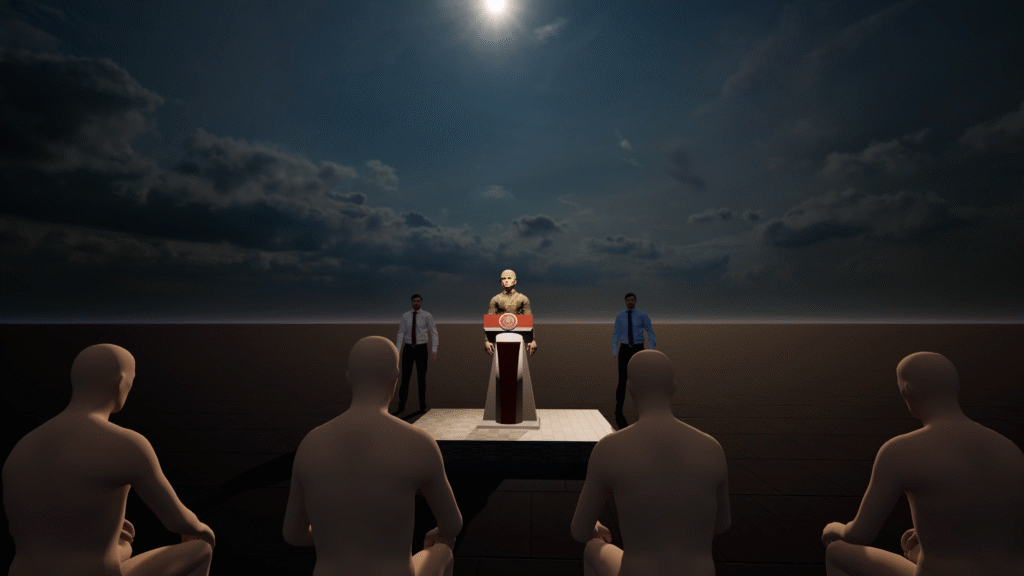
As communal violence and unrest grew in parts of India in the mid-1940s, the British decided hastily to withdraw. In June 1947 the British Viceroy announced that India would become independent in August, but also that the subcontinent would be divided into a Hindu-majority India and a Muslim-majority Pakistan. This decision was made under great time pressure and with little consultation or planning.
Many historians emphasise that there was no clear, detailed plan for how millions of people would be moved, what the border would look like exactly, and how to protect displaced populations. This lack of planning would prove disastrous.
Drawing the Borders
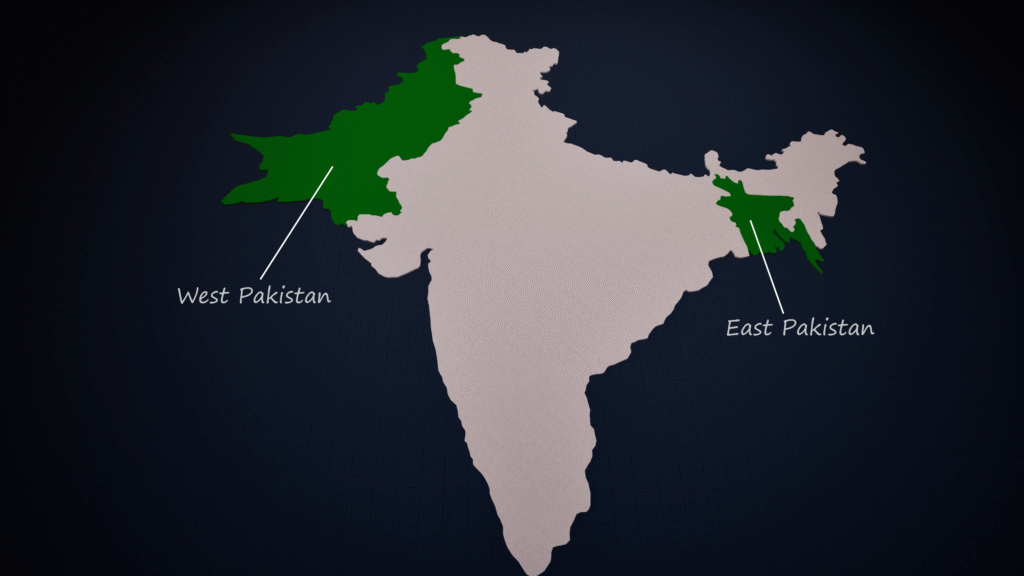
A boundary commission was hastily assembled, led by Cyril Radcliffe, a British lawyer given only about five weeks to draw the new boundaries in Punjab, Bengal and Assam. He worked with outdated maps, incomplete census data and vague land ownership records.
The land divisions were based on religious majorities, but the rules were inconsistent. For instance, a Hindu-majority area surrounded by Muslim-majority parts might still be assigned to Pakistan. Meanwhile, more than 500 princely states were allowed to choose which side to join, while their rulers lost significant authority. The resulting borders often split villages, homes, rail-lines and communities overnight.
Parker Gift Set
Parker Frontier Matte Black Gold Trim Fountain Pen With Card Holder
Ink Color: Blue – Great for employee gifts or personal use.
Violence, Migration, and Chaos
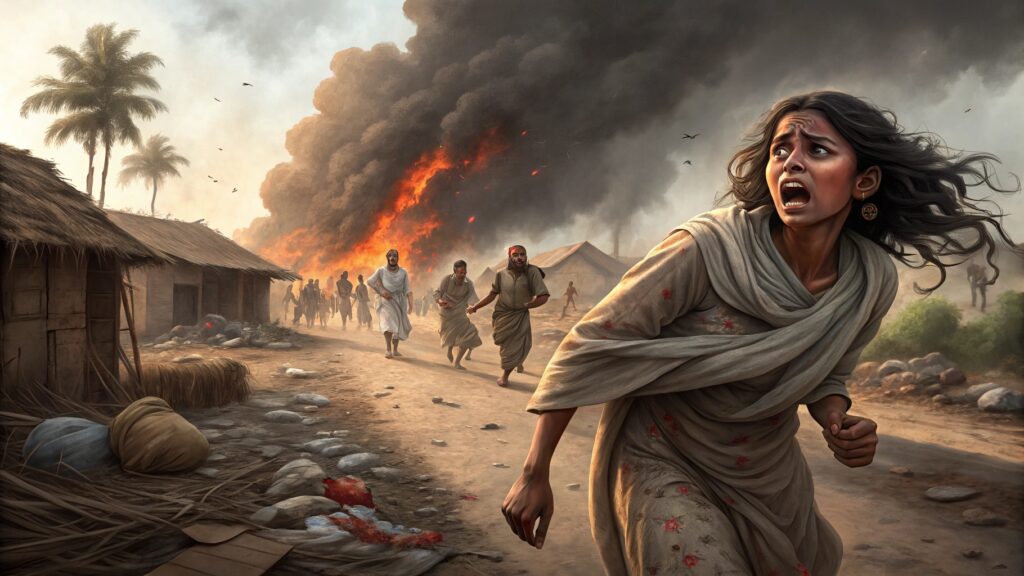
Once the borders were publicly announced, mass migration began almost immediately. Hindus and Sikhs fled to India from areas allotted to Pakistan; Muslims fled to Pakistan from areas allotted to India. The event triggered a massive human uprooting and widespread violence.
Estimates vary, but around 10–15 million people were displaced — some historians suggest up to 17.8 million. Death-toll estimates also vary widely — from 200,000 to over 2 million.
Trains full of refugees piled into new territories, sometimes arriving as “ghastly regiments of death” with bodies on board. In the worst violence zones — especially Punjab — entire families were killed or separated. Women were especially vulnerable: thousands of women were abducted, raped or forced into marriage.
Partition Cities Transformed
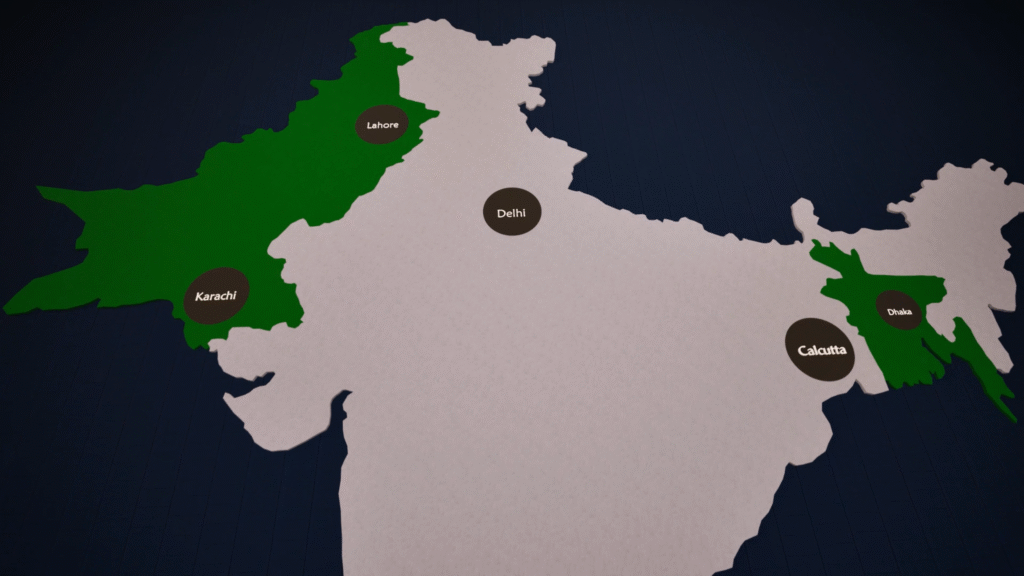
The cities themselves changed dramatically. Places like Delhi, Lahore, Kolkata (then Calcutta), Karachi and Dhaka saw entire neighbourhoods emptied and refilled by new populations. Families who had lived for generations in one place now found themselves strangers in unfamiliar lands. Homes, businesses and properties were abandoned or looted.
For example, the Hindu and Sikh populations in western Punjab largely departed to India, while Muslims from eastern regions migrated to Pakistan. The social fabric of these cities was forever changed.
Long-Term Impact of Partition

By 1949, the immediate migration was mostly over, but the consequences continued to unfold. India and Pakistan fought wars (in 1947, 1965, 1971 and later) largely over territory and identity. In 1971, East Pakistan broke away to form Bangladesh following a brutal war.
In the region of Kashmir, a Hindu monarch chose to join India despite a Muslim-majority population, and a promised referendum was never held. As a result, India and Pakistan continue to fight over Kashmir even today.
Socially and culturally, the partition left deep psychological scars as generations passed the trauma of uprooting, violence, loss of property and fractured relationships to their children and grandchildren.
Why the Partition Still Matters Today
The legacy of 1947 is not just historical — it still affects South Asia in multiple ways:
Many families still remember being uprooted from their homes, land or businesses.
Political identities in India, Pakistan and Bangladesh are shaped by that traumatic moment.
Communal tensions, minority rights and mass migration remain urgent issues.
The unresolved Kashmir dispute, cross-border flows of people, refugees, and memory politics all stem from the partition.
In a recent survey, about 44 per cent of Indians said they would support reunification with Pakistan. This underscores how the emotional and political legacy of 1947 continues to influence modern views.
Conclusion: A Painful Legacy That Still Echoes
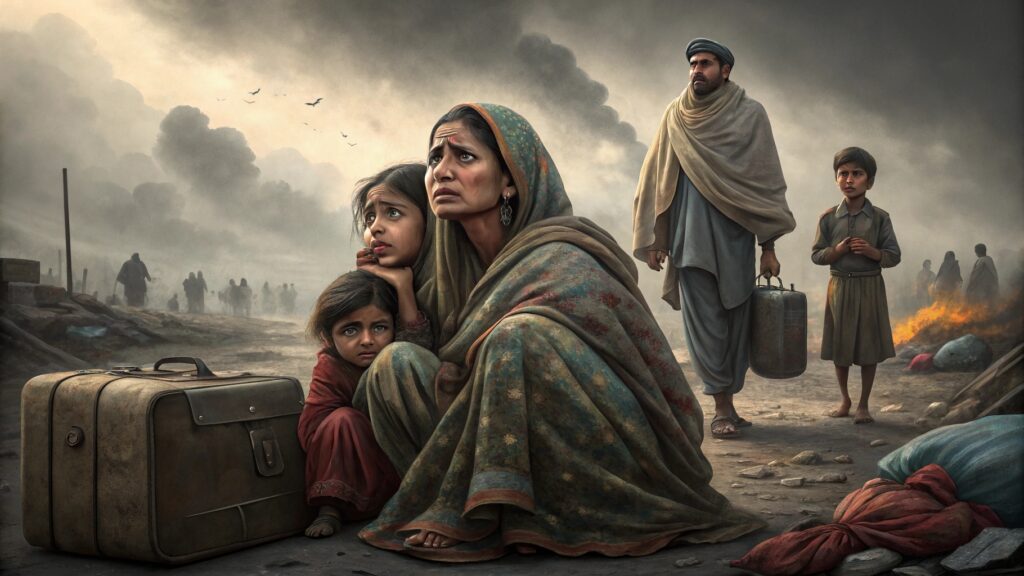
The Partition of India was more than a political decision — it unleashed one of humanity’s great tragedies. Families were torn apart, regions transformed, and millions forced to redefine their identities. Although over seven decades have passed, the echoes remain: in memory, politics and everyday lives. Understanding the causes, the human cost, and the legacy helps us see why 1947 matters even today — as a lesson in how rushed decisions, communal divisions and poorly planned transitions can leave scars lasting generations.
Want to learn more? Check out our detailed 3D explanation on How does a Grenade work?
Useful link Partition of India Wikipedia
